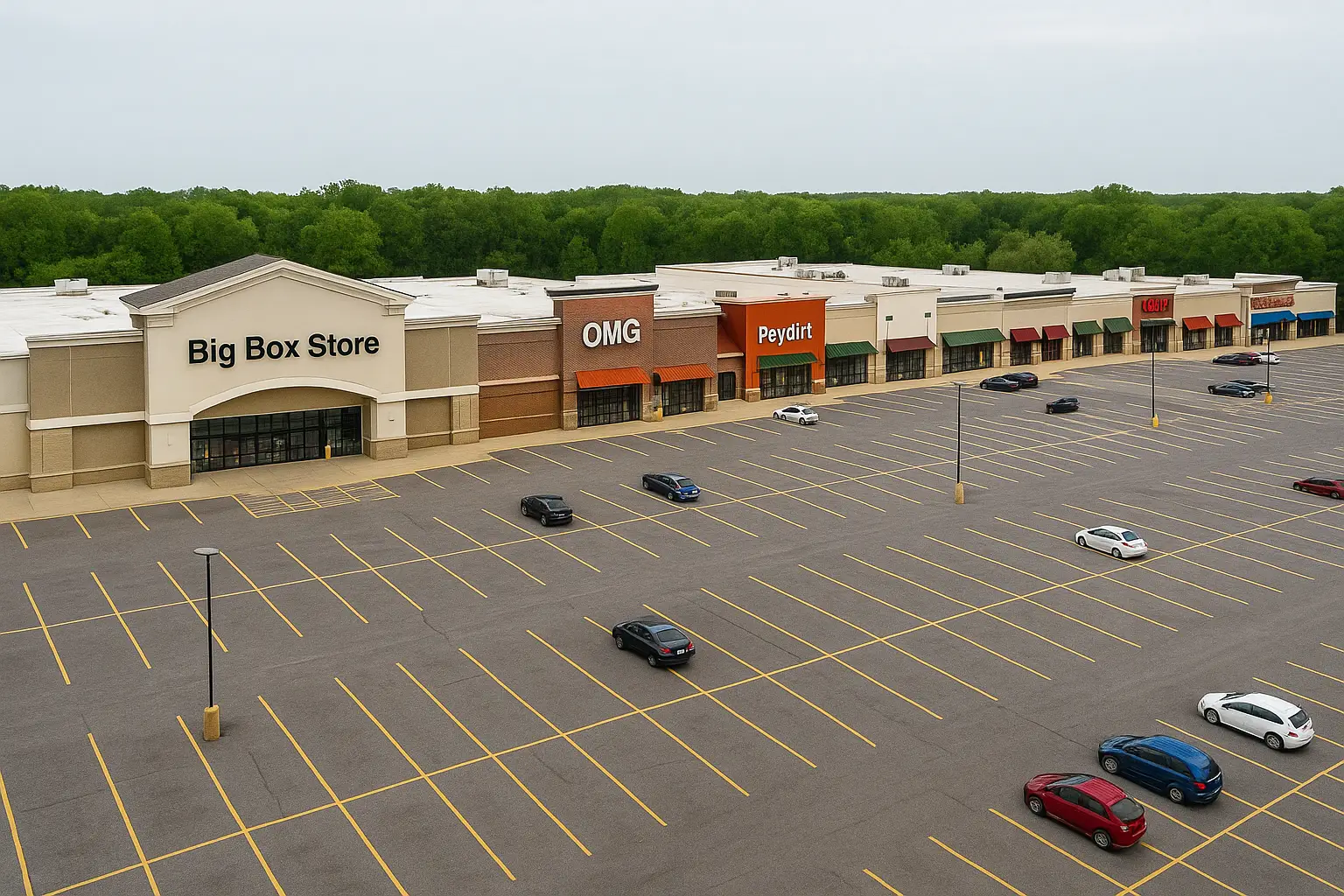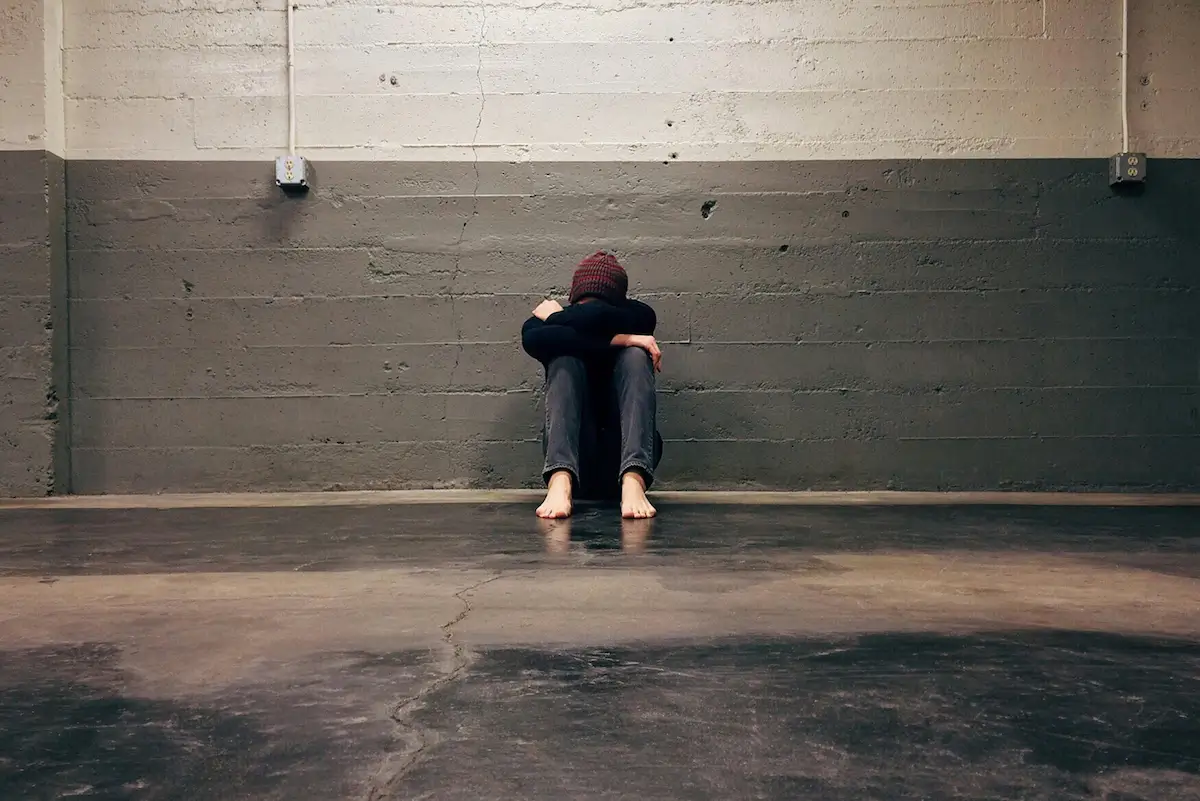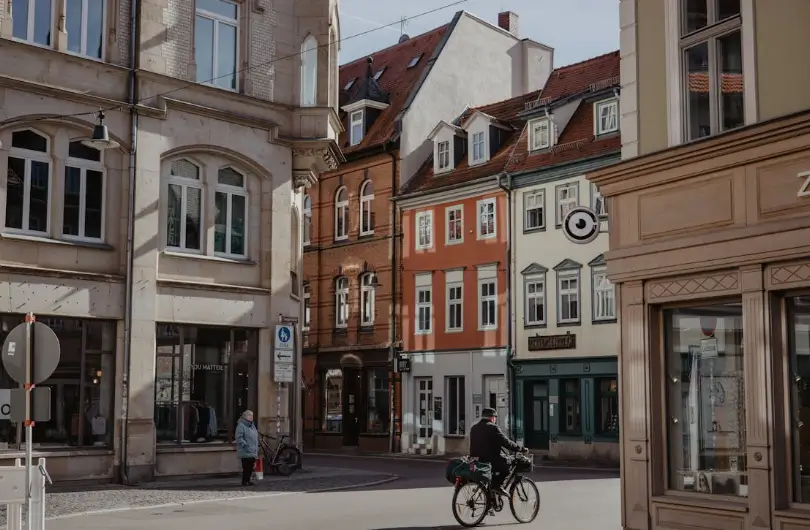The Real Cost of Parking Minimums
Parking minimums sound practical on paper. Every newbuilding must provide a set number of parking spaces so that you don’t have cars spilling over onto the street.
Totally practical.
But when you dig a little deeper, you find that the practicality of parking minimums is inflated, and the negative impact is hidden and far worse than expected.
This isn’t just a planner gripe, it’s a real cost that we all pay. It really doesn’t matter if you are driving or not, you are still paying for it.
What Are Parking Minimums?
So, what are parking minimums.
It stands to reason that most if not all developments need to provide parking. As such, parking minimums are zoning requirements that say how many parking spaces a development must provide. The development can provide more parking spaces than the minimum number required, but they cannot provide less.
So, if a large box retail store (the name of which shall not be spoken off) is required to provide a minimum of 200 parking spaces, they can, if they so desire, provide 400 parking spaces. They however cannot provide 199parking spaces (unless they ask for a variance but that’s a whole different post…which you can read here). The numbers are usually based on use, like 2 spaces per dwelling unit, or 1 space per 300 square feet of office space.
Again, the reason for these minimum requirements is to prevent spillover parking into streets and neighborhoods. However, the reality is that they often do the opposite. Minimum parking requirements tend to over estimate how many parking spots are actually needed and so, they create a situation where cities are flooded with more parking than is actually needed.
…and guess who pays for that…you do….and I do.
So, What’s the Real Cost?
So, what is the real cost of minimum parking requirements? How is it that we pay for their costs. I mean, at the end of the day, doesn’t the development install and pay for said parking? I don’t see money coming out of my pocket into a “fund the next big store building grant”…and that’s the problem. We don’t see it, but that cost is there.
Let’s break it down:
For starters more parking affects housing costs.
Developers don’t build parking out of love. They build it because they have to. If you’re looking into a mixed-use development that provides housing in the downtown area and as such is required to provide structured parking due to minimum parking requirements, they of course will have to pay for the parking structure addition. And at a of around $25,000–$60,000 per space, structured parking spaces are not cheap. Those wonderfully expensive parking spaces costs will now get baked into rents and mortgages, whether you own a car or not. And so, you may not see these costs coming out of your pocket…but rest assured…they are.
Then there’s the issue of space
Stay with me for a moment.
If you are eating an apple, do you only eat half the apple and throw the other half away? I would venture to guess you don’t (unless you don’t like apples which…why wouldn’t you}. You would want to maximize as much of that apple as possible.
Minimum parking is like that apple. You have a piece of land(the apple) that has so much fruit to give (development), but parking comes along and takes away half (sometimes more) of the space available for that fruit…it really is like biting into a piece of land only to throw the other half away.
A parking lot might fit 50 cars. But that same space could house people, create jobs, or grow small businesses. When we require parking everywhere, we kill off walkable development and end up with oceans of underused asphalt. Parking minimums are why your favorite building is often surrounded by your least favorite space.
And then there’s your health.
As you are probably aware, cars create pollution. We are making strides in clean and efficient energy, but the hard fact is that we are still not to the point that emission producing vehicles are the minority. The fact is that our cars by and large still create pollution. Pollution that affects our health…your health.
When you provide ample space for parking (some of which doe snot even get used….). You invite development that forces you to use a car by underutilizing space and creating more distance needed to reach your intended destination. I mean, heck, you need a car just to cross the parking lot of some of these developments…you know what I’m talking about.
Therefore, more parking means more driving and more driving means more emissions. This is no bueno for you or your lungs. Parking minimums lock in car dependence and sprawl making it harder to shift toward walkable, transit-friendly places.
The Push to Repeal Parking Minimums
Now for the good news. Cities are catching on.
Places like Buffalo, Minneapolis, and San José have eliminated parking minimums citywide. Others are trimming them near transit or letting developers decide what's actually needed. By eliminating minimum parking requirements, you allow development to install the amount of parking that they actually need. And here’s a spoiler, developers are more in tune with their market needs than city officials are. They know what they need, and they rather not have to spend money on something they know is never going to get used. What this translate to? Less costs for them, less cost for you and more flexibility for cooler development.
And just to be clear. Removing parking minimums doesn’t mean “no parking”, it means smarter parking. Parking that reacts to actual needs rather than some one-size-fits-all formula.
So what’s next?
If we want more affordable, climate-friendly, people-oriented cities, we need to rethink how much space we devote to cars. I mean, aren’t cities supposed to be for people? Parking minimums might feel like a small detail, but they have big ripple effects. Eliminating them won’t solve everything but it’s one of the clearest steps cities can take to lower costs and raise quality of life.
Want to dive deeper?
Here are a few terms worth brushing up on: Floor Area Ratio, Transit-Oriented Development, and Mixed-Use Zoning.
%20(1200%20x%20237%20px)%20(300%20x%2059%20px).webp)


.webp)


